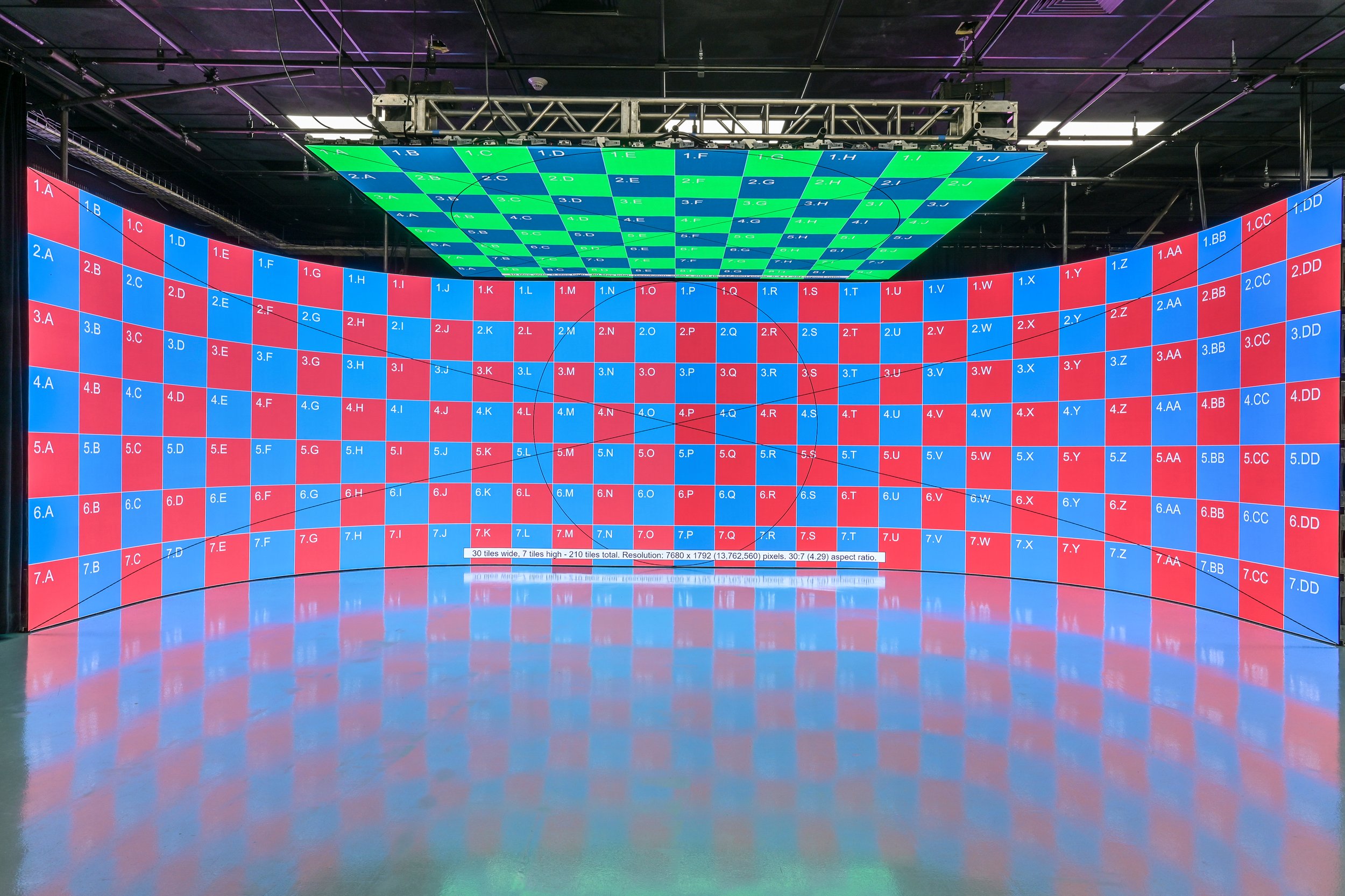Clarifying LED Display Panel Luminance Evaluations to Peak Display Functionality
Clarifying LED Display Panel Luminance Evaluations to Peak Display Functionality
Blog Article
LED wall panels are increasingly favored across different settings, from residences and businesses and communal areas. These panels tend to be recognized for their vivid as well as vibrant displays, which render them ideal to conveying data, ads, as well as engagement. Nevertheless, comprehending brightness brightness levels for Light Emitting Diode panel panels remains crucial to ensuring optimal display performance. Brightness can be quantified in metrics known as candelas, that indicate the amount of light produced from the screen. A greater the number in candelas, the brighter a display will be. For, instance, a panel with 1,000 candelas stands considerably brighter than a featuring five hundred candelas, making this one more suitable in well-lit environments.
When selecting an LED panel screen, one becomes important to consider which environment in that the screen will be used. For brightly lit areas, like retail environments and open-air settings, higher increased brightness level is necessary to ensure clarity. Conversely, in dimmer settings, like theaters and conference rooms, lower lower brightness level may be adequate. This is because is bright unnecessary luminosity in a dim setting may result in viewer discomfort for viewers, making them harder for focus on the screen. Therefore, comprehending specific particular needs of the setup site will aid in choosing a suitable brightness level for ideal visual experience.
Another crucial factor for take into account the contrast differential ratio of the LED panel panel. The ratio measurement measures the disparity exists between the brightest light versus the darkest black black which a panel can create. An greater differential proportion indicates the display can it can present more detail and depth, which enhances overall image quality. For instance, a screen boasting an contrast ratio of 10,000:1 effective advertising with led walls is able to display visuals with greater brilliant colors and crisper features compared to one featuring a proportion at one thousand to one. This is particularly important when displaying visuals and videos which demand greater definition and detail, such as slideshows and promotional material.
Moreover, the mechanism that drives Light Emitting Diode panel screens has an crucial role in their illumination as well as total performance. Different types in Light Emitting Diode methods, including Organic Light Emitting Diode as well as LCD, have distinct traits that affect how luminosity is experienced. OLED panels typically provide superior contrast and darker shades, thereby may enhance the viewing experience within dim environments. On the other hand, standard Light Emitting Diode panels may prove to be better in bright environments because of the ability to generate greater levels of brightness. Understanding such tech-related differences can help users in deciding on knowledgeable choices based on specific specific requirements.
In conclusion, regular maintenance as well as calibration of Light Emitting Diode panel panels may assist maintain optimal illumination as well as performance long-term. Dirt and particles may build up on a screen, affecting its illumination and sharpness in the visual. Periodic cleaning as well as professional calibration may ensure that panel panel operates in its best, offering consistent image clarity. Additionally, certain sophisticated LED panel panels come built-in built-in options which allow operators to adjust illumination levels as well as hue settings based right here on their preferences. Through taking such steps, operators will ensure the their Light Emitting Diode panel panels provide the optimal display performance, regardless of the setting in that they are used.